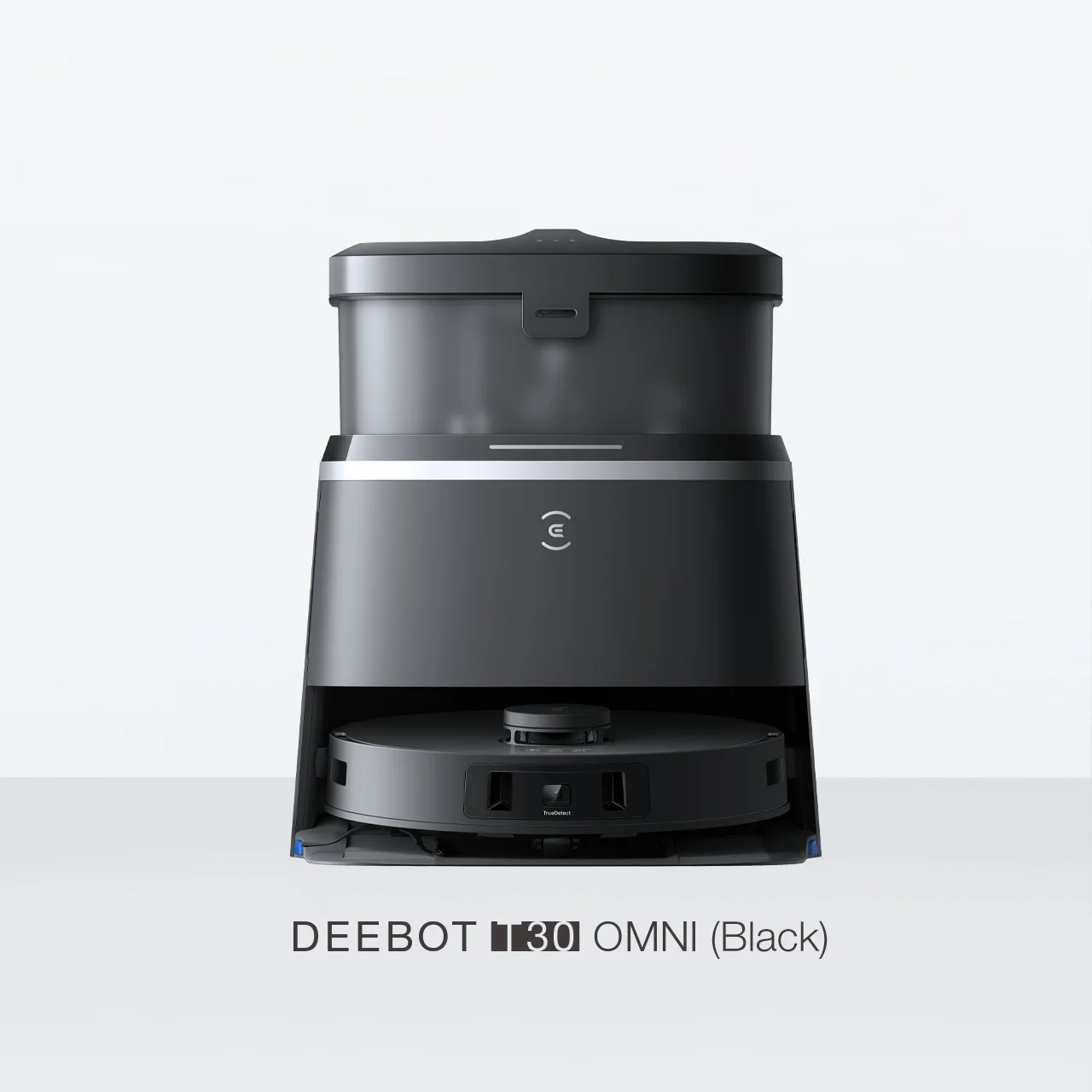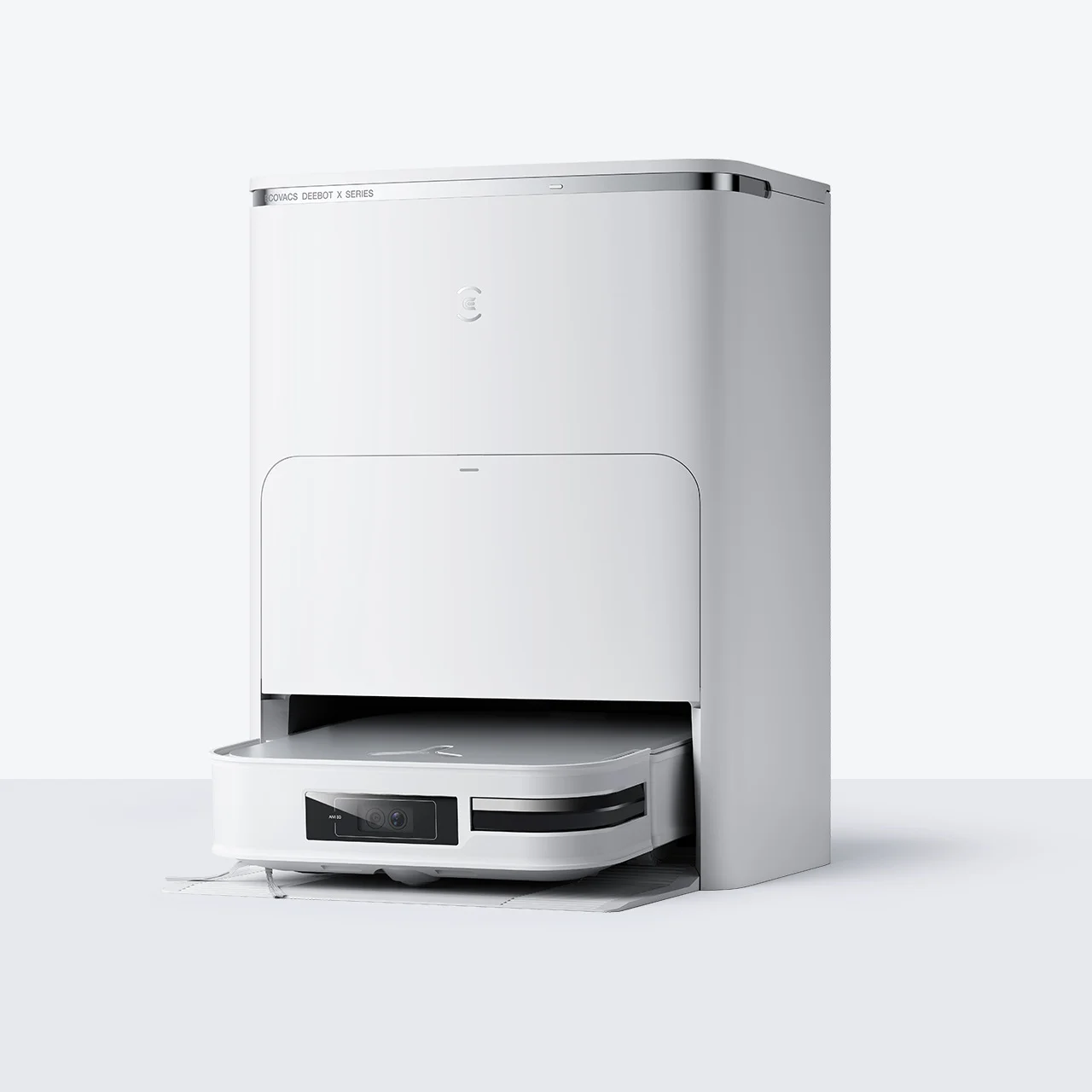
Have you ever wondered what your cleaning routine would be like without your trusty vacuum cleaner? Created in the late 19th century, this simple invention has evolved into a powerful machine that easily cleans out dust, dirt and pet hair from your home. Some modern robot vacuum models even have advanced navigation and mapping systems that detect and avoid objects with remarkable precision. To this day, the vacuum cleaner continues to undergo innovative advancements so don’t be surprised if it's a must-have appliance in your home even decades from now.
When Was The First Vacuum Cleaner Invented?
The first electric vacuum cleaner was invented in 1901 by Hubert Cecil Booth when he noticed that traditional cleaning methods such as brooms and dusters were not effective in removing fine dust and debris from carpets and upholstery.
One day, at London’s Empire Music Hall, he saw a demonstration of a new machine that blew out air trying to lift dust from carpet and into a collecting bag. This is when he realised that instead of blowing out air, sucking up the dirt through a filter would work better. After some experimentation and near-fatal tests, he created his own vacuum cleaning device. This was a large machine with red and gold colours that was typically pulled by horses. It had a hand-operated pump to create suction and draw dirt and dust into a filter bag. It was also large and bulky but it came with a team of operators dressed in uniforms to move and operate it.
It wasn’t exactly affordable – the cost of one visit from this machine was as much as the annual wages of a junior maid, so at the time it was a luxury service. But because it used a petrol or electric motor to powerfully suck up dust and dirt through a filtration system, it was a massive improvement over traditional cleaning methods.
As clunky and hard-to-use as this vacuum cleaner was, it paved the way for the development of smaller and portable vacuum cleaners in the decades that followed. To this day, Booth’s suction-based cleaning principle is used in modern vacuum cleaner technology.
Early Cleaning Methods

During the Industrial Revolution in the 1800s, it was becoming more difficult to keep homes clean. Carpets and upholstery were becoming more common in middle-class homes as urban populations grew. The amount of dust, dirt and debris became a real challenge to deal with and traditional cleaning methods like sweeping and beating rugs were not effective anymore.
In the 1860s, the first attempt at a mechanical carpet cleaner used a hand-driven bellow to suck up the dust. Then in the 1870s, Ives McGaffey patented the first sweeping machine called the “Whirlwind”, which used a hand-cranked fan to create suction. The biggest issue was that it was difficult to use because it required the operator to manually turn a lever and push the machine across the floor. Around the same time, Melville Bissell invented the carpet sweeper with rotating wheels and revolving brushes that swept up dirt and dust and deposited it inside the sweeper housing. Then in 1899, John S. Thurman devised the first gasoline-powered motorised vacuum cleaner. One thing these early prototypes lacked was the power to really deep-clean those carpets.
Even after the first motorised vacuum cleaners were introduced, people continued using manual carpet sweepers since they were less expensive and required no electricity. They also used other tools like brooms, dusters and rags, all of which required a lot of time, energy and manual labour to maintain a clean home. In UK, people used to hang rugs outside and beat the dust out of it with a paddle, also knows as a carpet beater.
The Evolution of Vacuum Cleaners

Early Inventions And Manual Cleaners (Before 1900s)
Some of the earliest cleaning tools were simply brooms and brushes made from straw, twigs and animal hair that people used to sweep and scrub floors and surfaces.
1860s
The first mechanical carpet sweepers were invented which used a hand-cranked mechanism with rotating brushes to pick up dirt and debris from carpets. There were also vacuum cleaners with hand-operated vacuum pumps that were used to suck up dirt and dust but these were bulky and required a lot more effort to operate.
1890s
Gasoline-powered motorised vacuum cleaners were developed by John Thurman. Soon after, he started a service where vacuum cleaning machines were mounted on horse-drawn carriages and used to clean large public buildings like cinemas and restaurants, but these were not practical for use at home.
The Arrival Of Powered Vacuum Cleaners (1900s - 1920s)
1901
Hubert Cecil Booth patented the first electrical vacuum cleaner. It was parked outside the place where they were supposed to vacuum and long hoses were fed through the windows. Wealthy families even held “cleaning parties” where they sipped tea and lifted their feet for the operators to vacuum the carpet.
1907
James Murray Spangler invented the first commercially successful portable electric vacuum cleaner after he played around with an old fan motor, a box stapled to a broom handle and pillow case for dust collection. He sold the patent to William Hoover, which led to the creation of the Hoover company in 1922.
1926
The beater bar was introduced by Hoover, which, along with strong suction, gently tapped and agitated the carpet to loosen deeply embedded dirt. This, along with strong suction significantly improved cleaning efficiency by agitating carpet fibres.
Mid-20th Century Innovations (1930s - 1960s)
1930s
Hoover’s first upright vacuum cleaners were introduced. They had a streamlined design and were super lightweight which made them more convenient and efficient for cleaning larger areas.
1950s
A thin disposable paper dust bag made emptying the bag easier and more hygienic. There was no longer a need to shake and empty the cloth bag.
1960
Canister vacuum cleaners became common in households because they provided greater flexibility and ease of use in cleaning different surfaces.
Modern Advancements (1970s - 2000s)
1970s
The rise of more powerful and efficient motors, improvements in filtration systems, including the introduction of HEPA (High-Efficiency Particulate Air) filters in vacuum cleaners, which could trap 99.97% percent of small particles.
1979
The development of lightweight, cordless vacuum cleaners, increasing convenience and ease of use.
1993
The emergence of bagless vacuum cleaners, which used cyclonic separation technology to improve suction and eliminate the need for disposable bags.
The Era Of Smart Technology (2000s - Present)
2002
Robotic vacuum cleaners were introduced, which could autonomously clean floors and navigate around obstacles.
2006 - 2010
After advancements in smart technology, robot vacuum cleaners such as ECOVACS DEEBOT transformed the vacuum cleaner market with advanced navigation systems and automation. Robot vacuums can be connected to WiFi which allows users to control the device via smartphone apps and voice commands through smart home systems like Amazon Alexa and Google Home.
2016
The rise of robotic vacuums with cameras and LIDAR mapping to create detailed maps of the home for more efficient cleaning.
2020s
The development of self-emptying robotic vacuum cleaners, such as the DEEBOT X2 OMNI, which can automatically empty their dustbins into a larger base station and vacuum and mop in one go, reducing maintenance needs. This is also the beginning of AI-powered vacuum cleaners that can learn and adapt to the cleaning needs of a home, optimising routes and cleaning patterns.
Impact of Vacuum Cleaners on Society and Home Cleaning

The invention of the vacuum cleaner has completely reshaped home cleaning the way we approach this essential task
Efficiency and Convenience
Before the vacuum cleaner, cleaning carpets and floors took a lot of time and effort. Manual tools like brooms, dustpans and cloth had to be used. With a vacuum cleaner, the time and effort it takes to clean has dramatically reduced. You can quickly remove dirt, dust and debris from all the surfaces in your home which means you spend less time on tedious chores and more time on things you love to do.
Hygiene and Health Benefits
If you or someone in your family suffer from allergies, you may have noticed that the vacuum cleaner has also improved the health and hygiene of your home. Traditional cleaning methods like sweeping often left behind hidden allergens and pollutants which could make respiratory issues worse. But advancements in vacuum cleaner technology such as HEPA filters can get rid of allergens as small as 0.3 microns. For example, the ECOVACS DEEBOT T30 OMNI features a HEPA filter in its handheld attachment, making it a great choice for families with allergy concerns.
Economic and Social Impact
Vacuum cleaners have made it much easier and faster to clean our homes. It has reduced cleaning costs in homes and commercial spaces, leading to savings on cleaning services and maintenance. It has also improved living conditions and quality of life because our homes are simply cleaner.
Technology Advancements
The success of the vacuum cleaner led to a wave of innovation, where manufacturers strive to develop increasingly efficient and user-friendly cleaning solutions. This makes the overall experience of maintaining a clean and comfortable living environment all the more better.
Influence on Gender Roles
The vacuum cleaner made cleaning processes simpler, which resulted in chores being shared between men and women. It has made cleaning accessible to all family members, regardless of age or physical strength. Plus, it also saves a lot of time, which has led to better work-life balance and allowed both men and women to manage careers and household duties more effectively.
FAQ
Who is the inventor of the vacuum cleaner?
The first electric vacuum cleaner was invented by an English engineer named Hubert Cecil Booth in 1901. It had a petrol-powered engine to create suction and collected dust and debris into a bag.
What are the different types of vacuum cleaners invented?
The main types of vacuum cleaners invented over the years are upright, canister, handheld, robotic, stick, wet/dry and central vacuum cleaners. They have different levels of mobility, suction power and features to meet different cleaning needs in homes and commercial spaces.
What did people use before vacuum cleaners?
Before vacuum cleaners, people used brooms, dustpans, and carpet sweepers to clean floors and carpets. They also used feather dusters, rags, and manual suction devices to remove dust and debris. In the late 19th century, people would sweep, shake, and beat carpets to clean them.
Related Products









